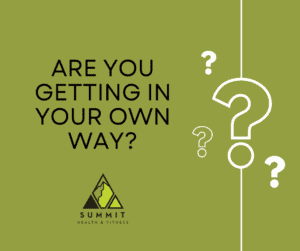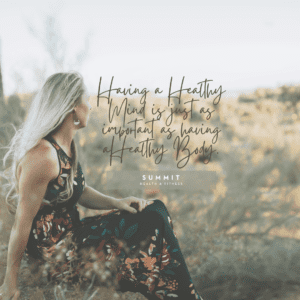This is me. A piece of the puzzle that makes me who I am.
I was so scared!
I didn’t want to have surgery. Breaking my hip and repositioning it and then wearing a brace for almost a year. To a 10 year old that sounded awful.
But what was the alternative?
Exercises that I had to do two times daily and a 3 mile walk every single day. 😳 Again to an 10 year old, that sounded overwhelming….but it was still a better option to me than the alternative.
And so it began.
My parents helped me map out how many times I would have to walk up and down our mountain dirt road to equal 3 miles. And every morning and evening I would lay in bed, completing these tedious and annoying exercises.
From about 8 on my hip imbalance progressively got worse and manifested itself in being severely pigeon toed. In going to specialists we found there was two options. Surgery or trying physical therapy & an exercise plan to see if we could correct things before they continue to progressively get worse.
My parents strongly encouraged me to try the physical therapy route before we consider surgery and I was on board. Surgery and wearing a brace for a year sounded awful. I wanted nothing to do with it. However, the walks and the exercises every single day that sounded dreadful.
To be honest, I feel like first memorable experience with hardship and adversity is what began to build and teach me resilience, commitment, and dedication.
Every morning, I would wake up earlier than my brothers. I would complete my boring exercises in my bedroom while it was dark and quite. No one but my dad was awake yet. When I was finished, I would bundle up and head outside to complete my mile and a half walk. All alone while my brothers were fast asleep in bed.
I’d go to school, walk home from the bus and head out for my 2nd mile and half walk. All the while my brother and neighbor kids were riding bike or canoeing in the irrigation ditch outback. And there I was walking up and down dirt road. Having to intentionally consciously think about every step. Concentrating on how I placed my foot every step, thinking about the position of my hip and hoping that this would work.
I did this for an entire year.
Through beautiful spring mornings where the dew glistened on every blade of grass in the hayfield to the gorgeous fall, where frost would slowly melt as the sun would rise. In the beautiful summer mornings where the wrestling Aspen leaves would fill my ears with song and through the mountain snowstorms that felt like the clouds would never stop dumping the fluffiest white snow all over. As my snow boots took one step in front of the other. I felt proud that I committed to do the work.
I feel like the story is similar to so many of our clients. To get the results we desire without taking the shortcut can be a lonely hard road. Sometimes while others play, it means dedication when we don’t want to be. It means commitment when we want to let it go. It means facing adversity head on when we would just like to turn and run.
A year later revisiting the specialist they couldn’t believe their eyes. My hips and gate had virtually transformed to be close to normal. No surgery was needed, and I was able to stop my rigorous routine of walking and exercises. However they emphasized the need to continue to focus on every step, ensuring that everything stayed balanced as possible.
I’m not here to judge you or shame you if you choose to take the easy path. But if you did, where are you now. Have the results stuck. Are you happy with where you’re at or is there still progress that needs to be made?
I’m here to remind you that WE ALL need to do the work to get the results.
I will not say it won’t be hard, because it will be. I’ve been there, it sucks. However, you working for your results and for what you desire will taste so much sweeter than taking any shortcut.
My team and I are here for you, my friend.
Every single one of us has experienced adversity, setbacks and challenges, and although we may not handle each of those perfectly, we’ve chosen to be resilient and forward.
And we can help you do the same.
Please know we’re here for you to guide you on your journey to elevate your health!






